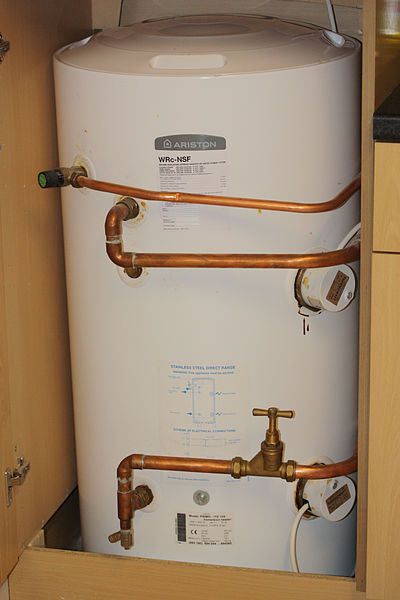
Most hot water systems will need to be replaced or at least refurbished after 10 to 15 years’ solid use. But a little maintenance on a regular basis might be enough to wring a little more life out of your system and keep operating costs down. Here are a few things to look for as a sign you might need some maintenance on your hot water system.
Leaking water
Inspect your system on a regular basis and search for rust and leaks. If water is pooling around the bottom of the tank, this could indicate corrosion that needs urgent repair. You should also regularly open the pressure release valve on the side of the tank to ensure water is flowing freely. If water is leaking from the valve, this could be an indication that your thermostat is too high and the water is boiling. Try reducing the temperature and monitor the valve to see if it continues to leak.
No hot water
If the heater stops delivering hot water, the thermostat or electric heating element may have developed a fault and will need to be replaced. Another possibility is the electrical connection between the power mains and the unit has failed.
Water turning red
An electrified aluminium or magnesium device, known as an anode or sacrificial rod, is screwed into the top of each tank just below the water line. The electricity reacts with the water to keep rust from contaminating the contents. As part of the process, the rod slowly disintegrates and will eventually need replacing. Red or pink water coming from your hot water tap is a sure sign that you need a new sacrificial rod.
Smelly water
A putrid smell similar to rotten eggs emitting from your tap is more than likely and ironically caused by your fully-working sacrificial or anode rod. When the electrified aluminium or magnesium rod reacts with the water, a harmless hydrogen gas is produced. Unfortunately, certain bacteria feed on this gas. Normally you will not notice anything but sometimes a bacterial infection will occur and the water starts to smell. This can be easily fixed by flushing the tank, treating it with hydrogen peroxide and then flushing again.
The hot water tank is a vital yet often neglected part of any household and can be very expensive to repair or replace. Watch it and look after it, and it will do you and your family a great service for many years





